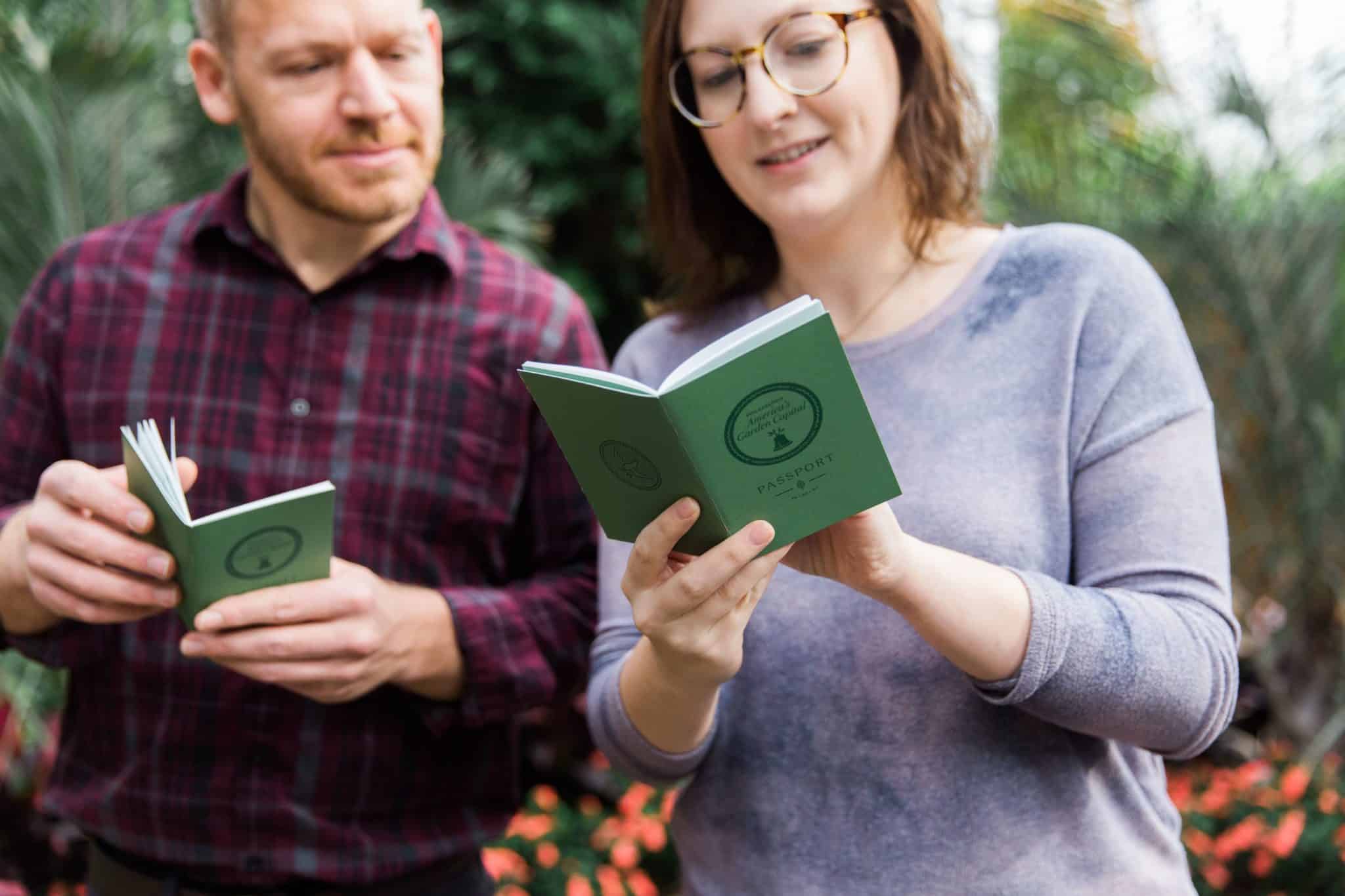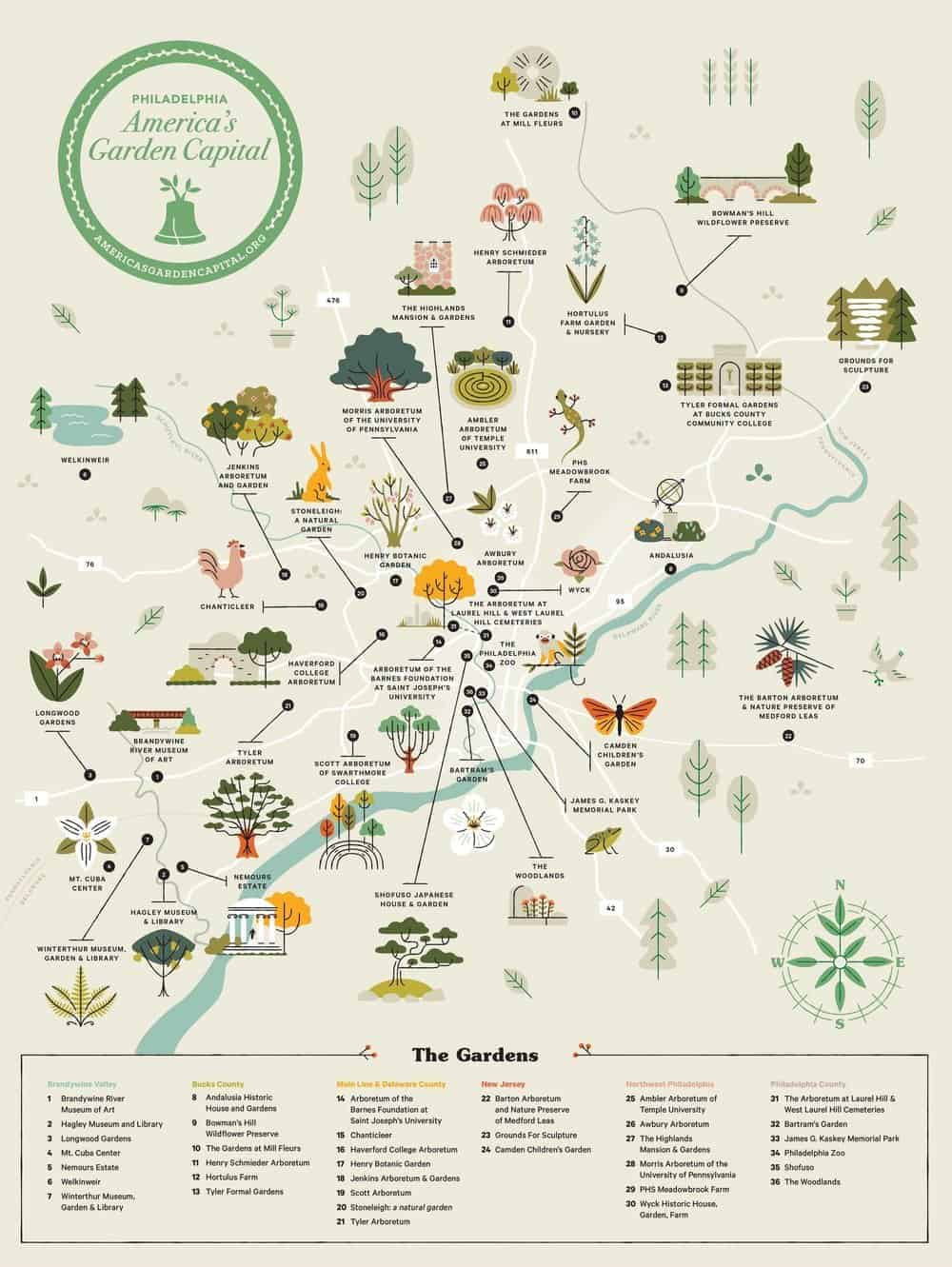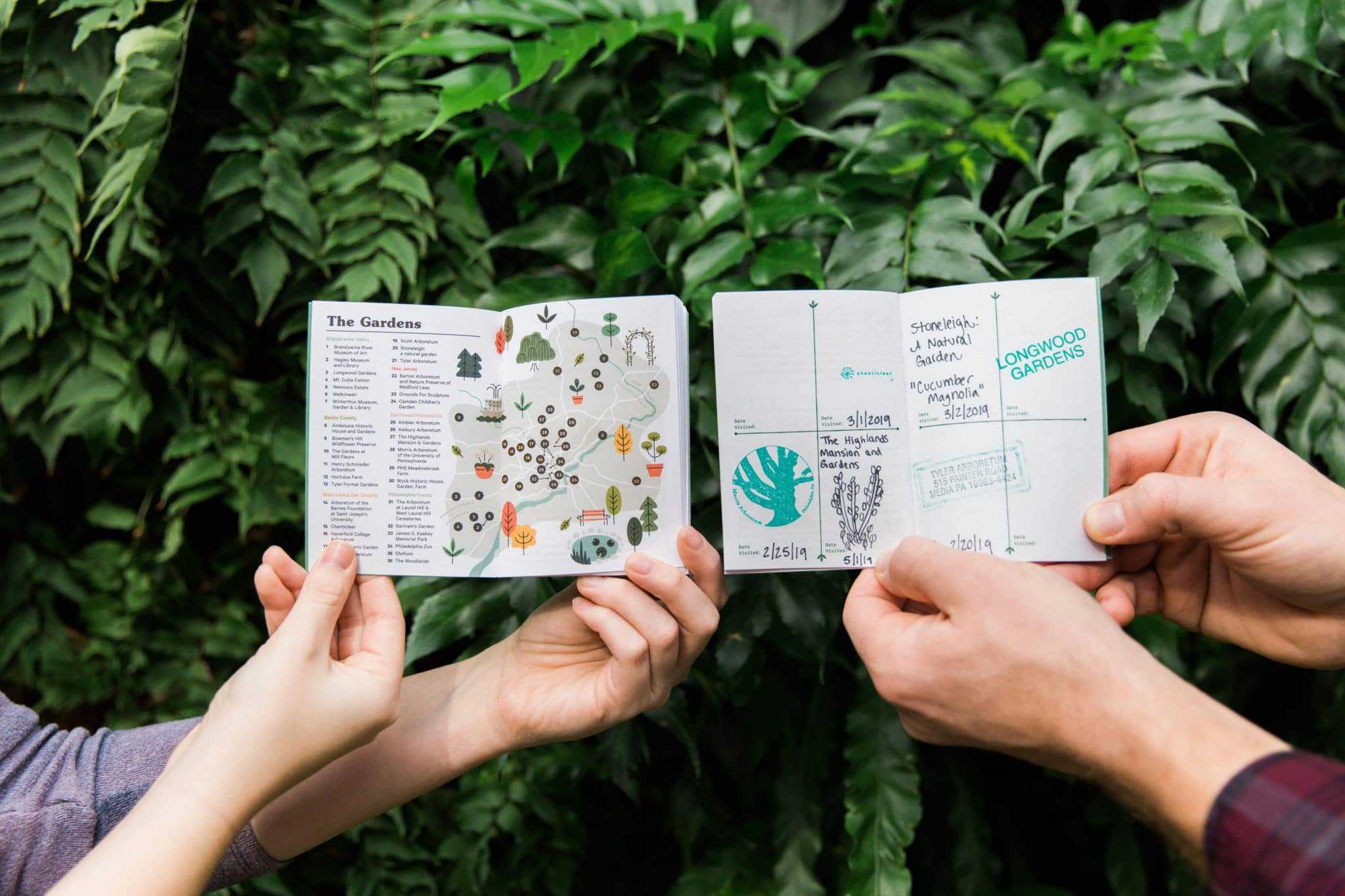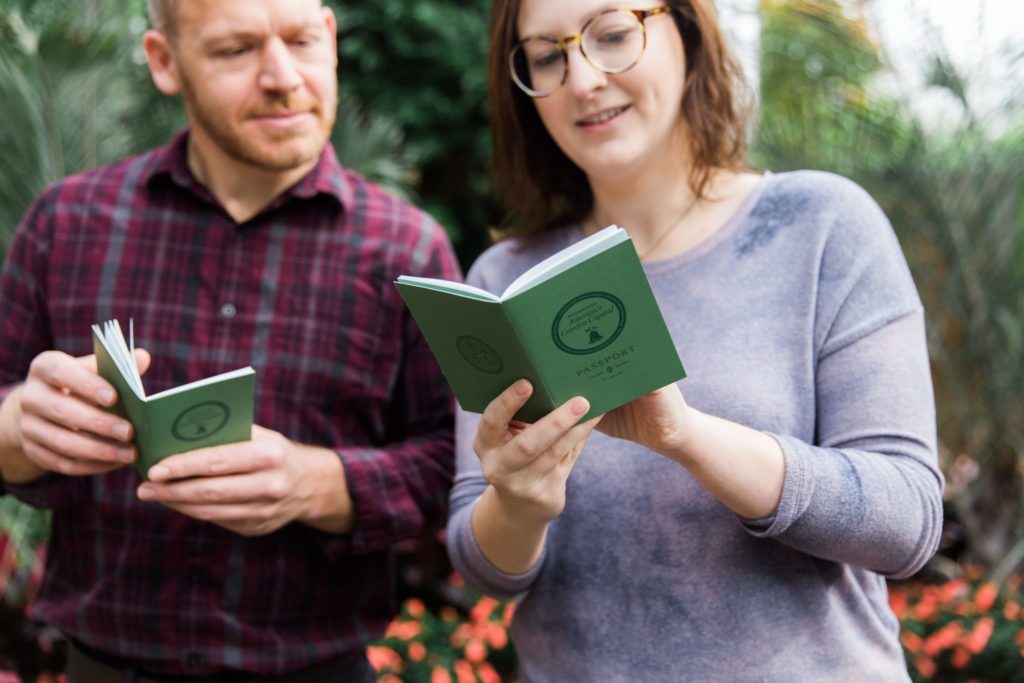
Public gardens in the Philadelphia, Pennsylvania, region have been favourite destinations for many garden-loving Canadian travellers and others. There are 36 extraordinary public gardens within 50 kilometres (30 miles) of Philadelphia – the legacy of a combination of nature-loving Quakers who first settled and protected land in the region in the 1700s and then followed by garden-making wealthy families, such as the du Ponts, in the 1900s who settled on huge estates and arboreta that now are open to the public. Familiar names include Longwood, Chanticleer and Mt. Cuba – perhaps three of the best-known gardens in the region. Now the 36 gardens are collaborating with a new concept – America’s Garden Capital Passport – to encourage travellers to discover more of the gardens.
The passport launched on March 10 at the PHS Philadelphia Flower Show. It includes a custom map, garden must-dos, links to online garden itineraries, and pages to collect garden “travel” stamps, personal sketches and thoughts. It is available for free at participating gardens while supplies last. The list is at americasgardencapital.org.

The passport is the biggest initiative yet of Greater Philadelphia Gardens, the consortium formed in 1989 that branded the region as “America’s Garden Capital” because of the rich tradition of public gardens, arboreta and historic landscapes in the region that spans three states – Pennsylvania, New Jersey and Delaware.
A recent economic impact study estimates that the gardens attract 2.5 million visitors annually with 71% from within one hour of Philadelphia and 29% from outside the region.
I asked Aimee Beam, marketing consultant for Greater Philadelphia Gardens, about how the idea for the passport came about.
“Over the years, Greater Philadelphia Gardens had considered offering some type of garden pass to cross-promote all of the gardens in America’s Garden Capital, but since the gardens have such different pricing structures, with some being free of charge, we changed directions and decided to do an informative, highly designed passport instead,” she says. “The goal of the passport is to provide must-visit experiences, a useful map, photos of each garden, and fun facts about each garden to entice visitors to experience the gardens on their own without a specific pricing incentive. It’s our goal that visitors will want to collect stamps, staff signatures, code words, and draw their own pictures from each of the 36 gardens within 30 miles of Philadelphia. We were inspired by the National Parks Passport Program.”

It is evident that a lot of planning and co-operation is behind the passport. On the group’s website, the gardens are organized by location, type and interest.
The passport provides travel itineraries for trip planning. The group has co-ordinated how each garden will help visitors fulfill their passport when they visit. A social media hashtag (#americasgardencapital) is intended to help both gardens and travellers share experiences.
Users of the passport are encouraged to register their passport online by providing their name, email and postal code.
Download a garden passport
Visit the website: americasgardencapital.org
Download a PDF version of the passport: americasgardencapital.org/passport.









